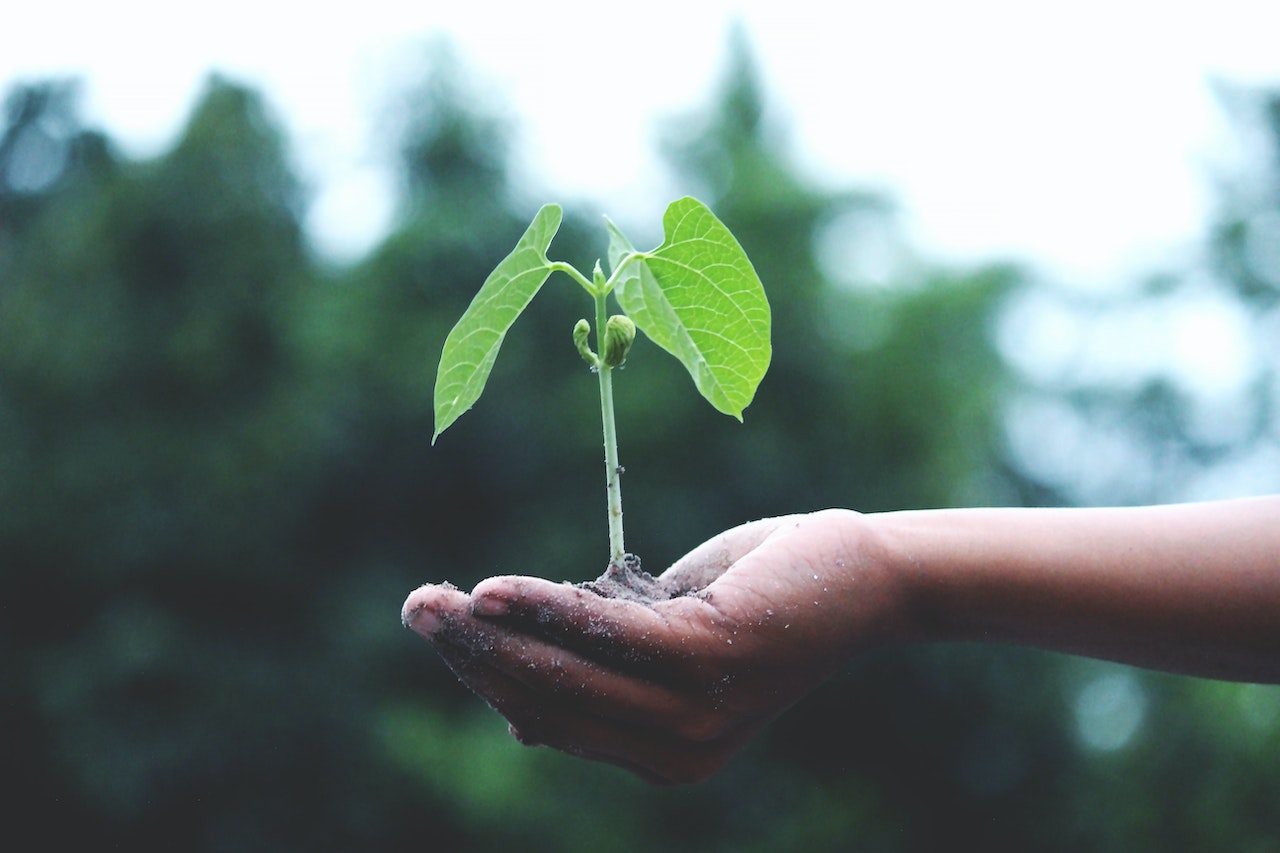This post was originally published on Sustainability Matters

McLachlan is urging a whole-of-society perspective to ensure adequate water supplies for drinking as well as industrial, agricultural, mining and general commercial needs.
“Ramping up Australian manufacturing is much-needed blue-sky thinking, but as part of that discussion we need to be talking about how we manage water today and into the future. The average person would be stunned to know how much water is needed for manufacturing processes: clothing, food production and mining extraction, for example,” McLachlan said.
“Our country already harnesses a range of approaches and technologies — from desalination to water treatment plants, rainwater tanks to recycling — but the way we use water for discrete activities often shifts risks rather than solves problems. There’s an opportunity to take a circular economy lens to water use in Australia by focusing beyond individual use cases.”
McLachlan said some water resources in Australia are considered ‘waste’, but there are opportunities to use technology and treatment processes to repurpose that water, delivering better overall environmental outcomes. “That means exploring the potential for reuse of water after treatment, rather than discharging to the environment or storing unusable water in large dams.”
She sees desalination plants as a viable option within a holistic water security and regional water management profile. “While we acknowledge the energy required for production, the thermal heat generated and the discharge of salt into the ocean, desalination plants do play an important role in producing drinking and process water, especially during droughts. There is potential to harness the thermal load for other uses, but the process hasn’t yet been scaled to industrial levels.”
Another impetus to think differently about water management is Australia’s foray into hydrogen as a clean energy source, such as for vehicles. McLachlan said it takes nine litres of water to create just one kilogram of hydrogen, which has thrice the power of petroleum. We will need to consider the source of this water — which is where repurposing wastewater could come in.
McLachlan also points out the negative consequences of isolated water management practices. For instance, in the mining sector, an operator might source water from regional councils, using clean water for the extraction process. Used water is then left in large ponds which can impact the surrounding environment by leaching into the ground or impacting surface waters. Hatch and partners are looking at ways to increase the quality, efficiency of use and process of recycling water from resource and state utility sectors to increase accessibility to water previously considered irredeemably contaminated. These types of water management solutions can make a huge difference to regional water quality and security.
McLachlan said: “Someone mismanaging water in one area can impact significantly on other communities. For instance, residential developments being affected due to groundwater pollution moving under their homes or water-soluble chemicals being drawn up into the water cycle and raining on other parts of the world. It’s all connected.”
However, taking a regional — or broader — perspective helps incentivise one business to speak to others about how they can create a circular economy around water. McLachlan suggests business leaders and regulators could lead the way in setting up collaborative frameworks for responsible water use — within a circular economy.
“Can Australia have water security? It absolutely can — we’re girt by sea and as long as we have power, we can have water security. We need to be smart about it and have the long-range view in mind,” she said.
Hatch is a specialist in urban solutions, engineering, operational and development projects in metals, energy and infrastructure.
Image credit: iStock.com/TaiChesco





0 Comments